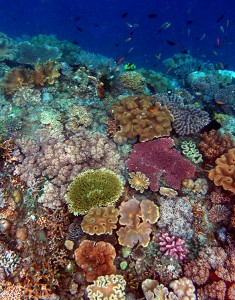In Australia, on a sheep ranch just 600 Kilometers of Perth, a group of Scientists have just found the oldest known material on Earth. The zircon crystal is extremely tiny, appearing as a single isolated grain. John Valley, a University of Wisconsin geoscience professor who led the research, used a dating technique called atom probe tomography to accurately date the crystal to an age of 4.4 billion years.
In the past, the standard technique for dating materials was a method called uranium-lead dating. This method used the radioactive decay of uranium into lead, which one could then use to determine a materials age using half-lives. This would proved extremely useful for zircon dating as their crystalline formation tends to accumulate uranium.
However, some skeptics have argued against the accuracy of the method, as uranium and lead can be known to move around or even escape the zircon crystals through radiation damage. “If there’s a process by where lead can move from one part of the crystal to another place, then the place where lead is concentrated will have an older apparent age and the place from where it moves will have a younger apparent age” Valley said.

Timeline of the history of Earth. For perspective the formation of the earth was at 4.5 billion years while the Jack Hills Zircon was determined to be 4.4 billion years old. (Sydney Morning Herald)
In an attempt to end the debate, John Valley and his group determined the age of the zircon crystals through another technique. The technique, atom probe tomography, is a material analysis technique that gives extensive information about a material such as chemical composition with extreme accuracy.
By using atom probe tomography, the group of researchers managed to examine areas of the crystal with a length as small as 10 nm. At such distances, the effects of uranium-lead movement would be negligible. As a result of their efforts, Valley and his group have confirmed that the zircon crystal was indeed 4.4 billion years old, hopefully quelling some of the argument.
Link to the Paper:
http://www.nature.com/ngeo/journal/v7/n3/full/ngeo2075.html
Felix Tang





